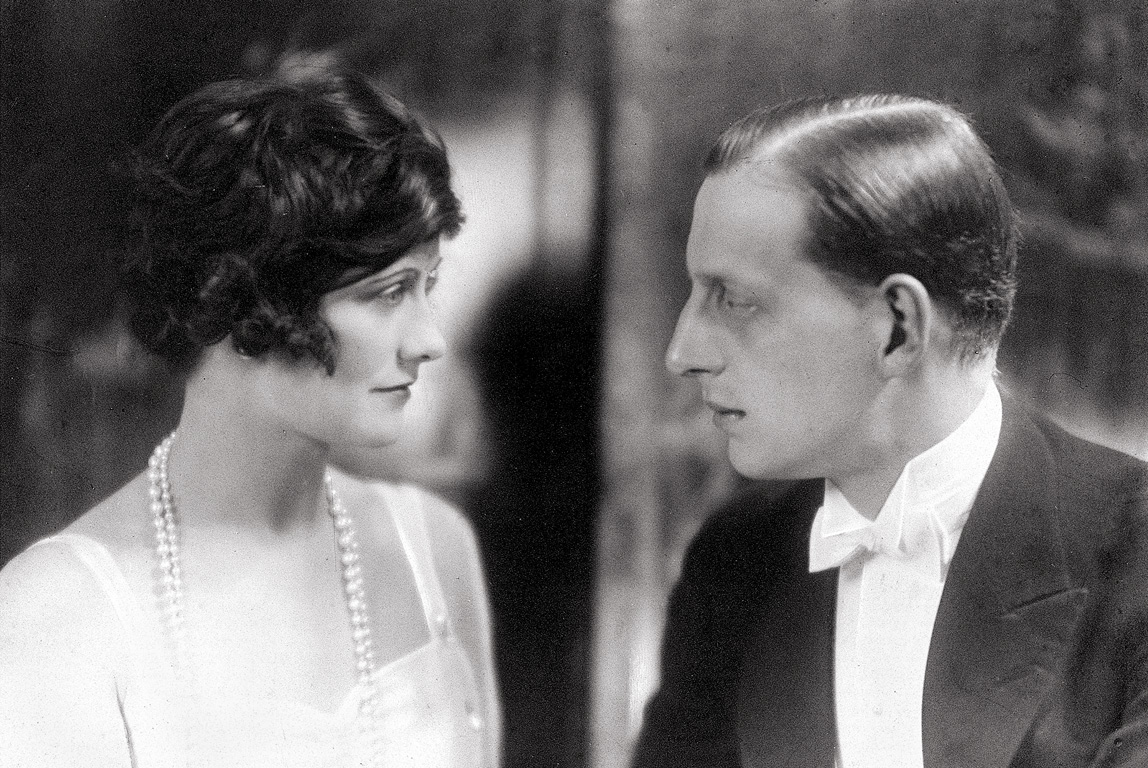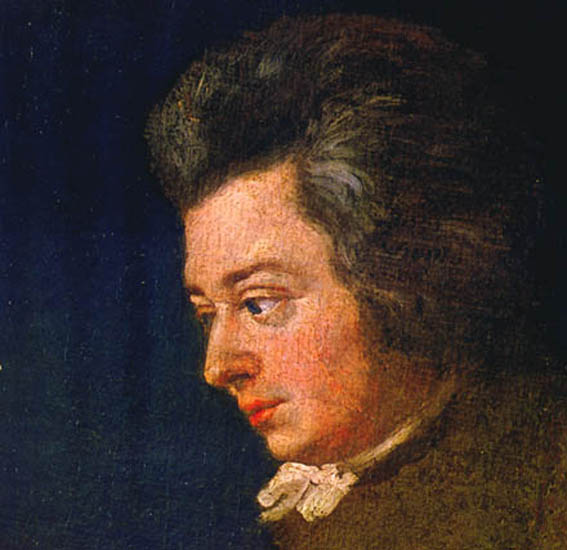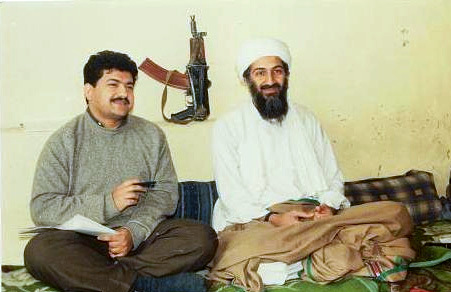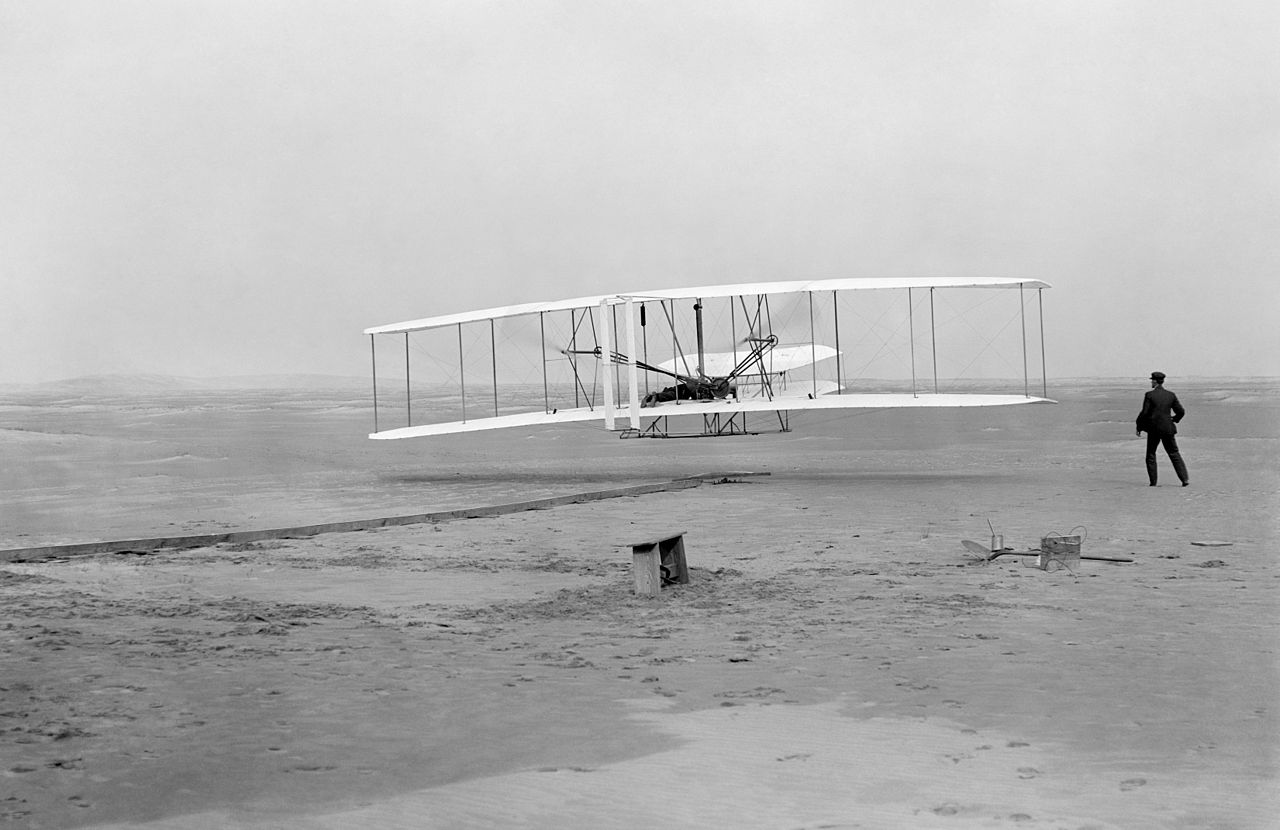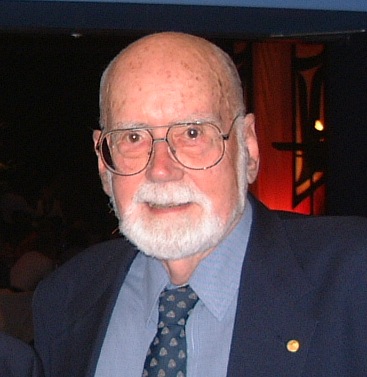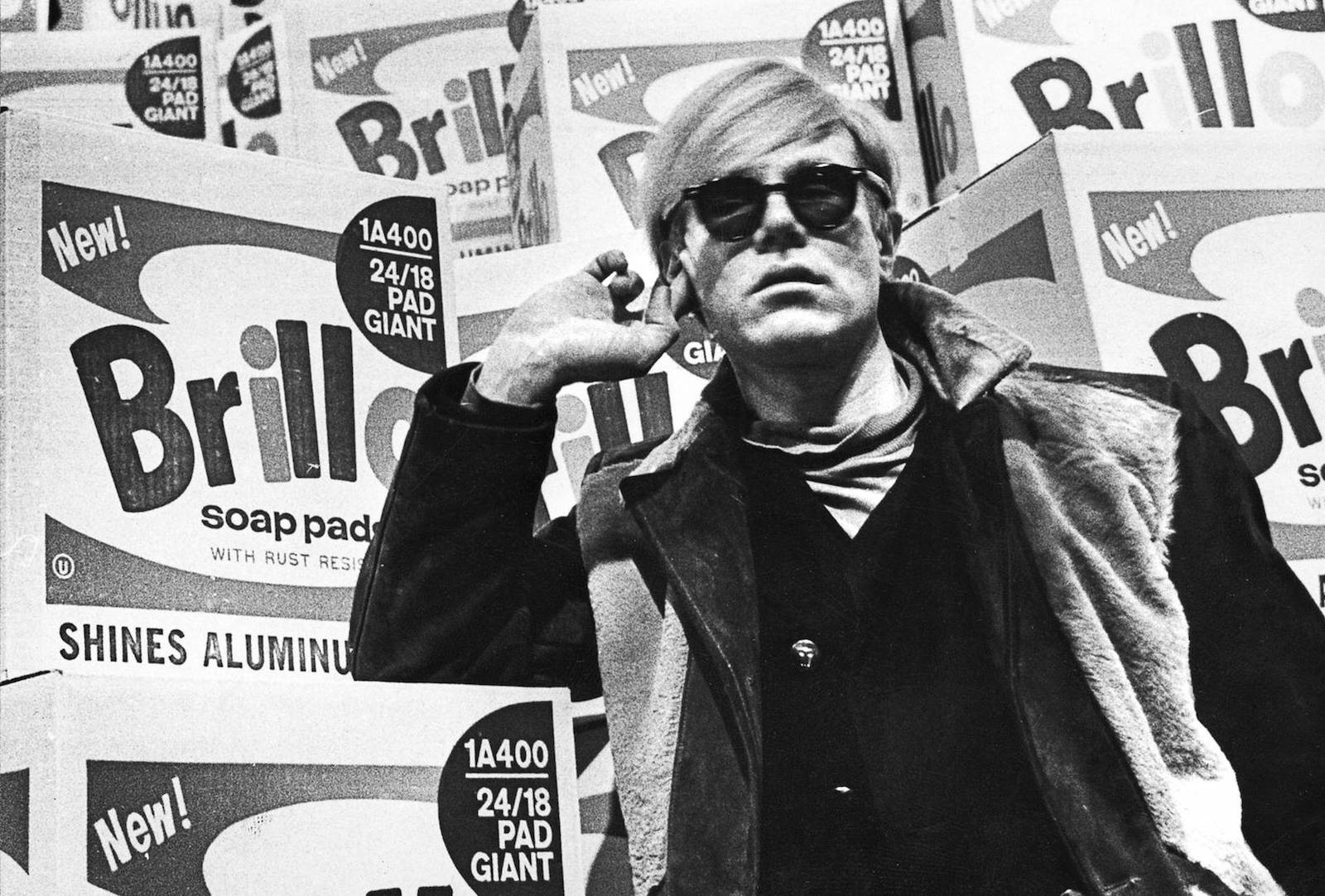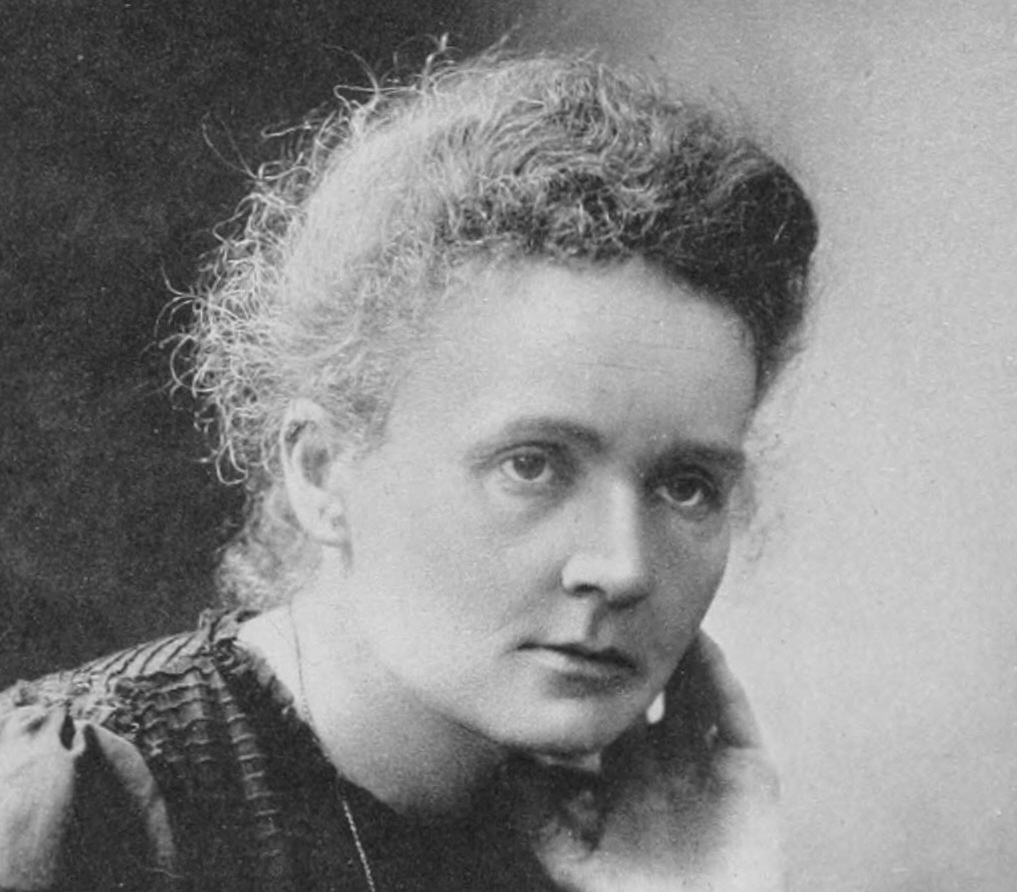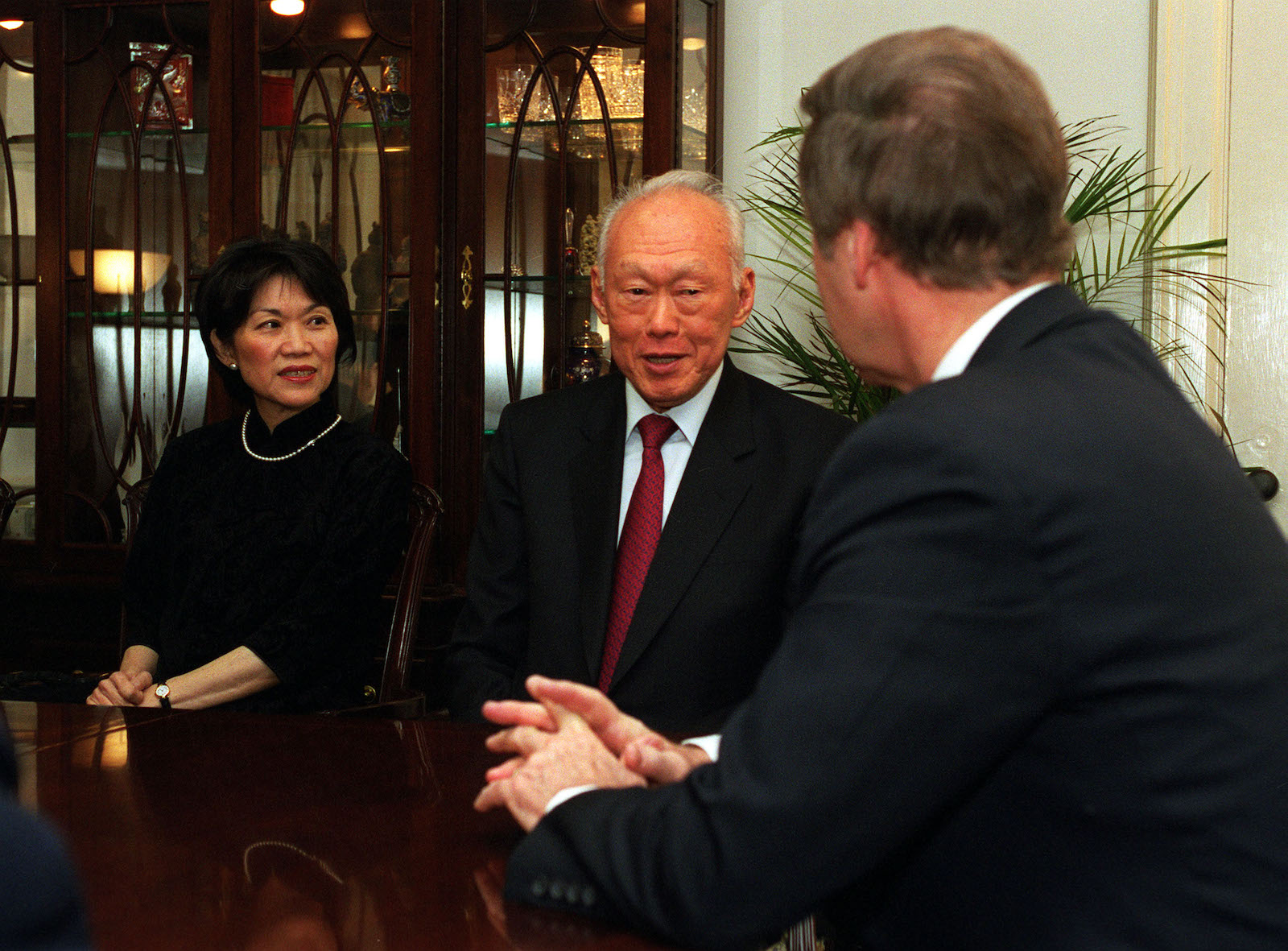Coco Chanel, creator of the House of Chanel and the world-famous interlocked-CC monogram, was deposited by her absent father into an orphanage at age 11 but would go on to be listed as Time’s 100 most influential people of the 10th century. This is the timeline of the life, and life-changing love affairs, of the woman who created Chanel…
1883 – Gabrielle Chasnel (misspelt because of a clerical error) is born in a hospice for the poor run by nuns in Saumur, France. She is named after one of the nuns in the hospice. Her mother, just 20, and her father, a 28-year-old merchant, are not married. She has a sister, Julia, who is less than a year older.
Age 1 – Gabrielle’s parents get married and they move the family through the Auvergne in south-central France selling buttons, bonnets, aprons and overalls. Her father would be absent, travelling away from her home, for most of her childhood.
Age 2 – Gabrielle’s brother, Alphonse is born.
Age 4 – Another sister, Antoinette is born.
Age 5 – Her mother falls ill. She and her 2 sisters are sent to live with an elderly uncle.
Age 6 – Another brother, Lucien is born. Gabrielle begins playing in Auvergne cemetery and gets attached to two unnamed tombstones.
Age 8 – A last brother, Augustine, is born but he dies in infancy.
Age 11 – Her mother dies at home in her bed, from either tuberculosis or pneumonia. Her father drives her and her sisters to the orphanage at Aubazine Abbey (where there are no mirrors) and leaves them there. Her brothers are left with a peasant family and used as unpaid labour. She never sees her father again but would later make up stories about him being a good, successful man who had gone to America to make his fortune, who loved her. She would also never talk about this part of her childhood or identify herself as an orphan.
At the orphanage – She would learn to sew in order to develop skills to earn a living in the future.
Age 18 – She leaves the orphanage. She becomes close to her father’s youngest sister, Adrienne, who is only a year older than herself, and is sent to study in Moulins, at a religious institution run by canonesses, which Adrienne attends. As a charity pupil, Gabrielle is treated differently from those whose family pay and is made to feel inferior because of her lack of private lessons and second hand clothes. Here, she attends more sewing lessons. During the holidays, she and Adrienne learn to trim and embellish hats from her other aunt. In the evenings, she begins reading romance periodicals. Feeling unloved in real life, she contemplates suicide.
After leaving school – The Mother Superior finds jobs for Adrienne and Gabrielle at a draper’s store which sells trousseaux, mourning clothes and layettes for newborn babies. They share an attic bedroom above the shop, work on weekends altering breeches for a nearby tailor, and start going out with the calvary officers who shop there. Gabrielle starts singing at La Rotonde, a pavilion in a small park, and has only 2 songs in her repertoire, one of which is ‘Qui qu’a vu Coco?’—about a girl who has lost her dog. Soon the audience would refer to her as Coco—the name of the lost dog.
Age 21– Her sister, Julia, gets pregnant under mysterious circumstances and gives birth to a boy.
Age 22 – Coco had met 25-year-old calvary officer, Etienne Balsan, by this point and they had become lovers. He invites her to see his home, a former abbey named Royallieu, and she leaves with him. There, she spends her time horse-riding and attending fancy dress parties, and encounters the courtesans who come and go from Royallieu, including the mistress in residence, courtesan-turned-actress, Emilienne d’Alencon, who is 14 years older than Coco, who dresses in heavy gowns and spotted veils and takes in lovers. Coco dresses in sober androgyny, riding breeches and equestrian jackets like a tomboy, to differentiate herself from the courtesans.
Age 26 – Coco meets Arther ‘Boy’ Capel, a friend of Balsan, who is 2 years older than her, at Royallieu. She falls in love with him. She decides she wants to earn her own living and Balsan and Capel eventually agree to share the cost of her setting up a hat business at Balsan’s bachelor’s apartment in Paris. Her first clients are the courtesans-turned-actresses at Royallieu, who begin wearing her designs on stage and in magazines.
Age 27 – Her business has grown too successful for Balsan’s apartment so she opens a new shop at Rue Cambon. She gets her sister, Antoinette and her aunt Adrienne to help. Her sister, Julia, dies of suicide. Coco takes in her 6-year-old nephew and brings him up as her own. Some would later speculate that the nephew is her own, rather than her sister’s. She would eventually send him to be educated at an English boarding school, where Capel had been educated, away from her.
Age 28 – Coco leaves Royallieu and goes to live in an apartment in Paris paid for by Capel.

Age 30 – Coco’s business is growing, backed by Capel’s capital. She begins to sell clothes on top of hats and opens her first shop in Deauville during the outbreak of the First World War. Antoinette and aunt Adrienne go to Deauville to join her. Soon after, she finally makes enough money to have no more need for Capel’s financial support.
Age 32 – She opens a new boutique in Biarritz.
Age 34 – Coco starts cutting her hair more and more and eventually wears it short. She starts to make herself look like a boy—breastless and hipless. At a dinner party, she meets Misia Sert, a gifted pianist and muse of many artists, who is also close friends with Serge Diaghilev, the director of the most sought-after ballet company in the world. Misia, 11 years older, becomes enchanted with Coco. She goes to her shop the next day and brings her boyfriend to dinner at Coco’s apartment that very night.
Age 31 – Capel marries aristocratic beauty Diana Wyndham.
Age 36 – Capel dies in an automobile accident after one of the tyres on his car burst. Coco does not go to the funeral but goes to the scene of the accident where the car still sits. He had willed her £40,000. She uses it to expand her shop at Rue Cambon, buys a villa of her own in the outskirts of Paris and makes an acquaintance of his wife, Diana. Coco turns to Misia and Misia’s boyfriend, Sert for solace after Capel’s death. Her sister Antoinette dies of influenza in Buenos Aires.
Age 37 – Misia and Sert wed and they take Coco, who is still in mourning, with them on their honeymoon to Italy. Coco gives 300,000 francs to Misia’s friend, Diaghilev, to bankroll his collapsing ballet, without telling her friend. She also provides a home for his composer, Stravinsky, who finds her attractive. She dates and becomes a lover of the Grand Duke Dmitri Pavlovich, who she too supports financially, and falls out with Misia who sent a telegram to Stravinsky telling him Coco preferred grand dukes to artists. Dmitri introduces her to Ernest Beaux, an expert perfumer and perfumer to the tsars, and she asks him for some perfumes for her fashion couture house. She chooses the one called N°5 and would later go on to claim N°5 to be her creation and no one else’s.
Age 39 – Jean Cocteau asks Coco to design costumes for his stage adaptation of ‘Antigone’ and she does, entering the world of avant-garde art.
Age 40 – Coco meets the 44-year-old Duke of Westminster, the richest man in Britain in Monte Carlo, and he immediately invites her to dine on his yacht. He begins courting her. She begins to prefer him over Dmitri, though since both are womanisers, she cannot fully trust either. She opens a boutique in Cannes.
Age 41 – Coco designs the costumes for the Ballets Russes production of ‘Le Train bleu’. She and the Duke of Westminster are officially an item. She tries to sell her perfumes in the department store, Galeries Lafayette, and is introduced to Pierre Wertheimer who agrees to manufacture Chanel perfumes, lipsticks and face powders in bulk. He would take 90% of the profits from that collaboration, and Coco would eventually come to regret giving it to him.
Age 42 – Coco starts fishing at the estate of the Duke of Westminster, which she will do every summer for the next few years.
Age 43 – Dmitri marries an American heiress. Coco falls in love with the poet, Reverdy, a married man who had fallen in love with Misia then with Coco after Misia introduced her to him and encouraged them to be together.

Age 44 – Reverdy disappears into a monastic community where he would live as a recluse until his death. Coco fishes with Winston Churchill while fishing at the estate of the Duke of Westminster. She opens a shop in London with pieces all designed for outings in British High Society.
Age 45 – Coco attends the Duke of Westminster’s 18-year-old daughter’s debut into society.
Age 46 – Coco builds a villa on the French Riviera at Roquebrune for 1.8 million francs. She begins appearing in the society pages of fashionable magazines. Diaghilev dies from diabetes. She meets Hollywood producer, Samuel Goldwyn, through Dmitri, who she is still good friends with.

Age 47 – The Duke of Westminster marries a young Englishwoman he met less than a month ago at a London nightclub. Coco is upset. Her aunt Adrienne finally weds the Baron de Nexon after having dated him for 20 years.
Age 48 – Film producer from Hollywood, Samuel Goldwyn, invites Coco Chanel to Hollywood to ensure his film stars are dressed in the latest fashions, on screen and off. The contract he offers her is $1million. She takes Misia with her as her travelling companion. She designs the costumes for a film called ‘Palmy Days’.
Age 49 – She designs the costumes of her second film, ‘The Greeks Had A Word For Them’ and finally the third and final film, ‘Tonight or Never’—which flops at the box office. Movie moguls decide her dresses aren’t sensational enough for Hollywood and she departs in a huff, claiming that she “out-fashion(s) fashion”. As the Depression looms, she moves into an 18th-century mansion in one of the most prestigious streets in Paris and starts designing diamond jewellery, holding an exhibition which princesses, duchesses, ambassadors and thousands of visitors come to see. At this point, she is involved with married former art director and owner of an interior design shop, Paul Iribe. They end up moving into the Ritz together.
Age 52 – Iribe suffers a heart attack when on holiday at Coco’s holiday retreat, while playing tennis with her, and dies. Coco starts using morphine, which she will continue to use to the end of her days.
Age 56 – World War 2 breaks out, Coco decides to shut down her business, aside from keeping a minimal staff on board to sell perfume. She continues living at the Ritz. She cuts off her brothers, for whom she had been giving financial support, and does not see either of them ever again.
Age 57 – Germans invade France and as their soldiers approach Paris, Coco flees with friends to Pyrenees, to the house she bought for her nephew. France surrenders to Germany and Coco eventually travels back to Paris with a friend and returns to live at the Ritz. The Wertheimers sign Les Parfums Chanel over to Amiot, who is not Jewish, and her perfumes continue to sell in both Allied and Nazi-occupied territories.
Age 58 – Her brother Lucien dies of a heart attack. Dmitri dies of tuberculosis. She begins an affair with Hans Gunther von Dincklage, a German who is 13 years younger than her, while trying to get her nephew out of a prisoner-of-war camp. Because the Second World War is in place, she is accused of being a Nazi collaborator.
Age 61 – After the liberation of France, she is questioned for her involvement with a German but is released shortly after, possibly because of intervention from Winston Churchill.
Age 63 – Coco launches more scents, under the brand Mademoiselle Chanel, to get around the Wertheimers’ ownership of her perfumes.
Age 64 – Coco closes a deal that allows her to get 2% of the gross royalties of Les Parfums Chanel’s sales throughout the world (about $1million a year) and receives a sum of money to cover past royalties. It also gives her the right to produce and sell Mademoiselle Chanel perfumes but she never does so, being now wealthy enough to never need to work again. She begins travelling around Europe and America, reunites with Gunther, and buys her nephew a villa in Switzerland.
Age 67 – Misia dies of morphine abuse with Coco by her side.
Age 70 – Coco sells her couture house to the Wertheimers, giving them all rights to her name, and in exchange gets them to pay all her personal expenses. She retains creative control and launches her comeback but critics in France dismiss the show as old-fashioned. America, however, celebrates her comeback. The Chanel jacket is reborn and a bag named 2.55 joins it.
Age 73 – She designs costumes for Ingrid Bergman in ‘The ET Sympathie’.
Age 74 – Coco introduces slingback pumps to join the essential Chanel look. The department store Neiman-Marcus in America gives her an award for being the most influential designer of the 20th century. Jacqueline Kennedy begins buying Chanel.
Age 80 – Jackie Kennedy wears a Chanel suit during her husband’s assassination and gets it stained with his blood. The suit is later stored at the National Archives for safe-keeping, uncleaned.
Age 86 – A broadway musical about her life is in the works. Nerve damage causes her right hand to be paralysed. She continues living alone at the Ritz, giving herself nightly injections of morphine to get to sleep.
Age 87 – She works to finish her latest couture collection all the way to the day before her death, despite it being a Saturday. She dies in the evening the following Sunday, in her bed at the Ritz, and is buried in Switzerland, under white flowers.
More life summaries available here.
Photographs: Public Domain. Compiler: Sy
Sponsor or support the Life Summary series here.
If you found this article useful:

